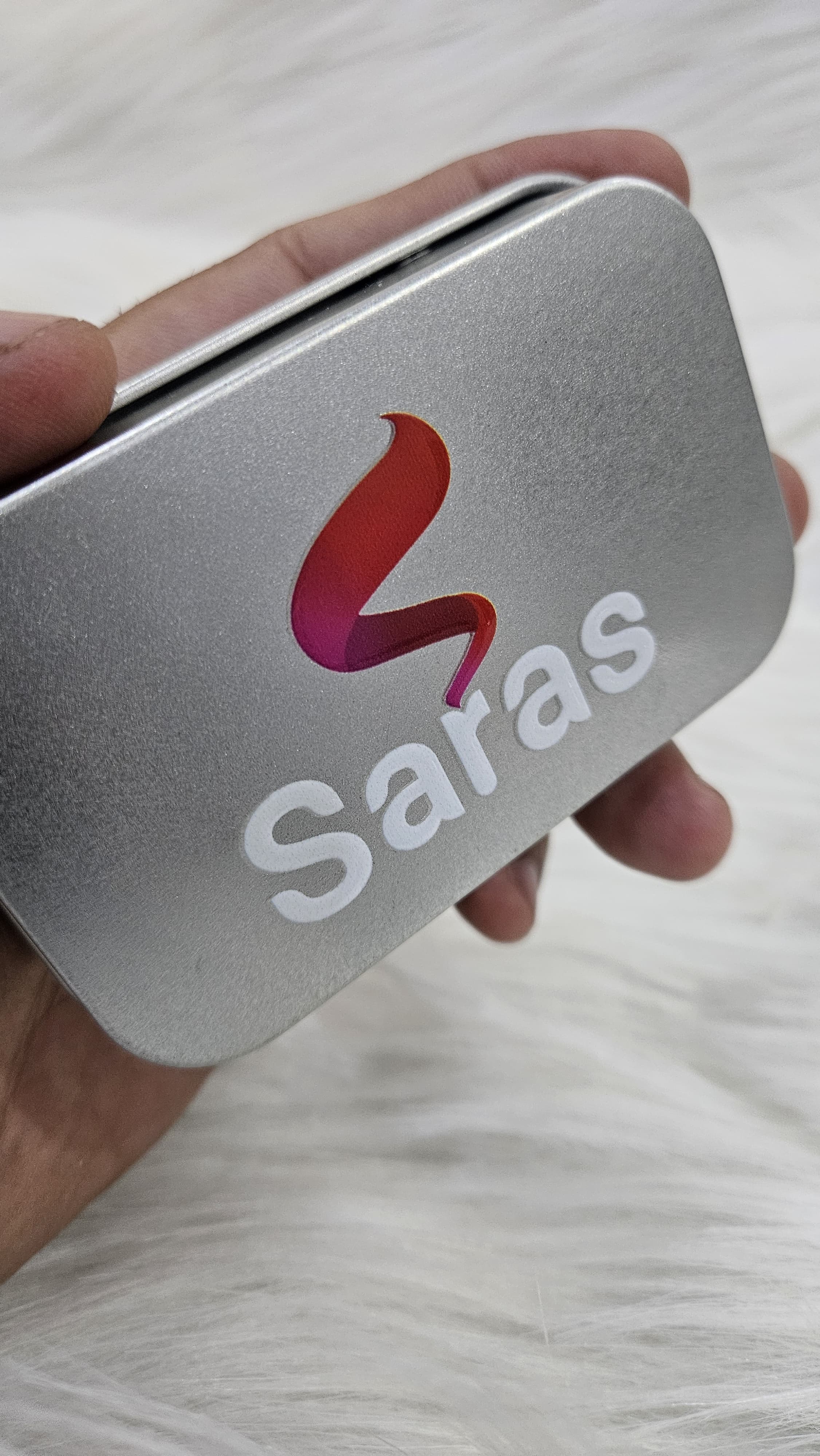Metal printing, often referred to as metal 3D printing or metal additive manufacturing, is a revolutionary technology that has transformed industries ranging from aerospace to medical devices. This advanced manufacturing technique uses metal powders and additive processes to create intricate parts and components with high precision. Here’s a comprehensive overview of metal printing:
Metal printing is a subset of 3D printing where metal is used as the material for the additive manufacturing process. Unlike traditional manufacturing, which often involves subtracting material from a solid block (such as milling or turning), metal printing builds objects layer by layer. This approach allows for the creation of complex geometries that would be difficult or impossible to achieve with conventional methods.
Key Technologies in Metal Printing
-
Selective Laser Melting (SLM): This technique involves using a high-powered laser to selectively melt and fuse metal powders together. The laser scans across the surface of the powder bed, melting the metal in specific areas according to the 3D design. Once a layer is complete, the build platform lowers, and a new layer of powder is applied.
-
Electron Beam Melting (EBM): Similar to SLM, EBM uses an electron beam instead of a laser to melt the metal powders. This technology is particularly effective for materials like titanium and is used in high-end aerospace and medical applications.
-
Direct Metal Laser Sintering (DMLS): DMLS is closely related to SLM but often involves slightly different parameters and materials. It also uses a laser to sinter or partially melt metal powders to form solid structures.
-
Binder Jetting: In this process, a binding agent is deposited onto metal powder layers to create a green part. The green part is then subjected to a post-processing step where it is sintered in a furnace to remove the binder and consolidate the metal.
Advantages of Metal Printing
-
Complex Geometries: Metal printing excels at producing complex and intricate geometries that are challenging for traditional manufacturing methods. This capability allows for innovative designs and optimization of parts for performance and efficiency.
-
Material Efficiency: Additive manufacturing minimizes waste by using only the material needed to build the part. This efficiency is especially valuable when working with expensive metals.
-
Customization: Metal printing allows for rapid prototyping and customization, making it possible to quickly iterate designs or produce bespoke components tailored to specific needs.
-
Lightweight Structures: The ability to create complex lattice structures helps in producing lightweight yet strong components, which is particularly advantageous in aerospace and automotive industries.
Applications of Metal Printing
-
Aerospace: In aerospace, metal printing is used for producing lightweight and high-strength components, such as turbine blades and engine parts. The ability to create complex cooling channels within parts can improve performance and efficiency.
-
Medical Devices: Metal printing is used to manufacture customized implants and prosthetics, including patient-specific dental implants and orthopedic devices. The technology allows for precise customization to fit individual anatomical requirements.
-
Automotive: The automotive industry benefits from metal printing for producing lightweight parts that enhance vehicle performance and fuel efficiency. The technology is also used in rapid prototyping and production of low-volume, high-performance components.
-
Tooling: Metal printing is employed to create high-performance tooling and molds, including those for injection molding. The ability to incorporate complex cooling channels into these tools can improve the manufacturing process.
Future Trends
The future of metal printing looks promising with advancements in material science, printer technology, and process optimization. Innovations are expected to drive down costs, expand material options, and enhance the capabilities of metal printing, making it an increasingly integral part of modern manufacturing.
In summary, metal printing represents a significant leap forward in manufacturing technology, offering unparalleled design freedom, material efficiency, and customization. As the technology continues to evolve, its impact on various industries is set to grow, paving the way for new possibilities in engineering and production.
